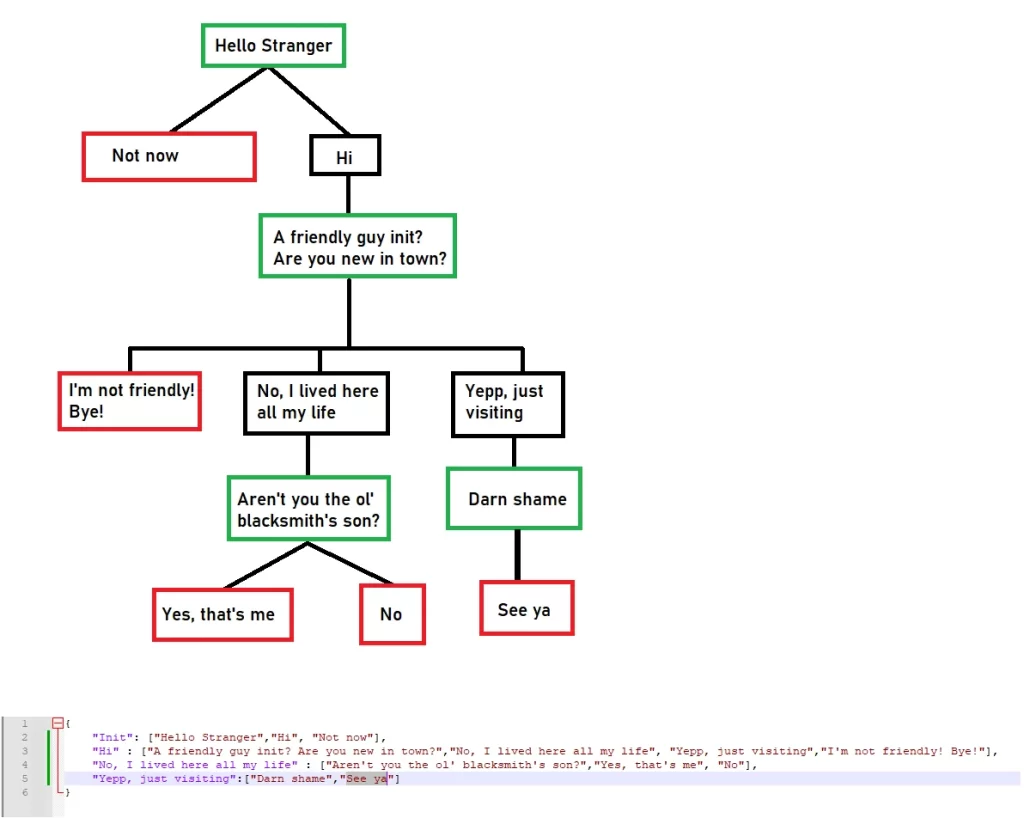Takeaway
Freelance game designers often operate under tight budgets, yet they can significantly enhance the quality of their narratives through strategic text manipulation. By employing nine essential text tricks, designers can create compelling stories that resonate with players, all while maintaining cost-effectiveness.
Introduction
In the competitive landscape of game development, storytelling is a crucial element that can make or break a player’s experience. For freelance game designers, crafting an engaging narrative on a budget can be challenging. However, there are several text tricks that can elevate story quality without incurring significant costs. This article explores nine effective techniques that every freelance game designer should consider to enhance their storytelling capabilities.
1. Utilize Archetypes and Tropes
Understanding and leveraging character archetypes and narrative tropes can streamline the storytelling process. Archetypes, such as the Hero, Mentor, and Shadow, provide a framework that resonates with players on a subconscious level. By employing these familiar structures, designers can create relatable characters and plots that require less extensive backstory development. For instance, using the “Reluctant Hero” trope allows designers to quickly establish a character’s motivation and conflict, making it easier to engage players without extensive exposition.
2. Implement Dialogue Trees
Dialogue trees are a powerful tool for enhancing player agency and immersion. By allowing players to choose their responses, designers can create a more interactive narrative experience. This technique not only enriches the story but also reduces the need for extensive narrative writing. Instead of crafting multiple linear storylines, designers can focus on a single narrative arc with branching dialogue options that lead to different outcomes. This approach not only saves time but also encourages players to explore various narrative paths, enhancing replayability.

Above, a sample of a dialogue tree in games.
3. Focus on Show, Don’t Tell
The principle of “show, don’t tell” is fundamental in storytelling. Instead of explicitly stating a character’s emotions or motivations, designers should aim to convey these elements through actions, dialogue, and environmental storytelling. For example, rather than writing a lengthy exposition about a character’s tragic past, designers can reveal it through flashbacks, visual cues, or interactions with other characters. This technique not only engages players more effectively but also reduces the amount of text needed to convey complex ideas.
4. Create a Compelling Backstory with Minimal Text
While backstory is essential for character development, it doesn’t have to be lengthy. Freelance designers can create rich backstories using concise, impactful language. One effective method is to use “found documents” such as letters, journal entries, or news articles that players can discover throughout the game. This approach allows designers to provide context and depth without overwhelming players with excessive text. By integrating backstory into the gameplay experience, designers can maintain player engagement while keeping costs low.
5. Leverage Environmental Storytelling
Environmental storytelling is a technique that uses the game world itself to convey narrative elements. By designing environments that reflect the story, designers can communicate themes and character arcs without relying heavily on text. For instance, a dilapidated building can suggest a once-thriving community that has fallen into despair, while scattered objects can hint at past events. This method not only enriches the narrative but also minimizes the need for extensive written content, allowing designers to allocate resources more effectively.

Environmental storytelling illustrated by the ruined city above.
6. Use Symbolism and Metaphor
Symbolism and metaphor can convey complex ideas succinctly. By incorporating symbols that represent broader themes, designers can communicate deeper meanings without lengthy explanations. For example, a recurring motif of a broken clock could symbolize the theme of lost time or missed opportunities. This technique allows for a richer narrative experience while keeping the text minimal, making it easier for players to engage with the story on multiple levels.
7. Collaborate with Writers and Editors
While freelance designers may often work independently, collaborating with writers and editors can significantly enhance narrative quality. Engaging a professional writer can provide fresh perspectives and help refine dialogue and story arcs. Additionally, editors can assist in condensing text, ensuring that every word serves a purpose. This collaboration can lead to a more polished narrative without requiring extensive additional resources, making it a cost-effective strategy for improving story quality.
8. Implement Player Choice and Consequence
Incorporating player choice and consequence into the narrative can create a more immersive experience. By allowing players to make decisions that impact the story, designers can create a sense of ownership over the narrative. This approach not only enhances player engagement but also reduces the need for extensive narrative writing. Instead of crafting multiple storylines, designers can focus on a core narrative that adapts based on player choices, making the story feel dynamic and responsive.
9. Utilize Feedback Loops
Feedback loops are essential for refining narrative elements based on player responses. By gathering feedback through playtesting, designers can identify which aspects of the story resonate with players and which do not. This iterative process allows for targeted revisions, ensuring that the narrative remains engaging and relevant. By focusing on player feedback, designers can make informed decisions about where to invest their time and resources, ultimately enhancing story quality without incurring additional costs.
Conclusion
In conclusion, freelance game designers can significantly enhance their storytelling capabilities on a budget by employing these nine text tricks. By utilizing archetypes, implementing dialogue trees, focusing on environmental storytelling, and collaborating with writers, designers can create compelling narratives that resonate with players. Additionally, leveraging player choice and feedback loops allows for a more dynamic storytelling experience. By integrating these techniques, designers can elevate their narratives while maintaining cost-effectiveness, ultimately leading to a more engaging player experience.
Key Points
- Utilize archetypes and tropes for relatable characters.
- Implement dialogue trees to enhance player agency.
- Focus on “show, don’t tell” to convey emotions effectively.
- Create compelling backstories with minimal text through found documents.
- Leverage environmental storytelling to communicate themes.
- Use symbolism and metaphor for concise communication of complex ideas.
- Collaborate with writers and editors for polished narratives.
- Incorporate player choice and consequence for immersive experiences.
- Utilize feedback loops for iterative narrative refinement.
By implementing these strategies, freelance game designers can enhance their storytelling capabilities, creating engaging narratives that captivate players while adhering to budget constraints.

